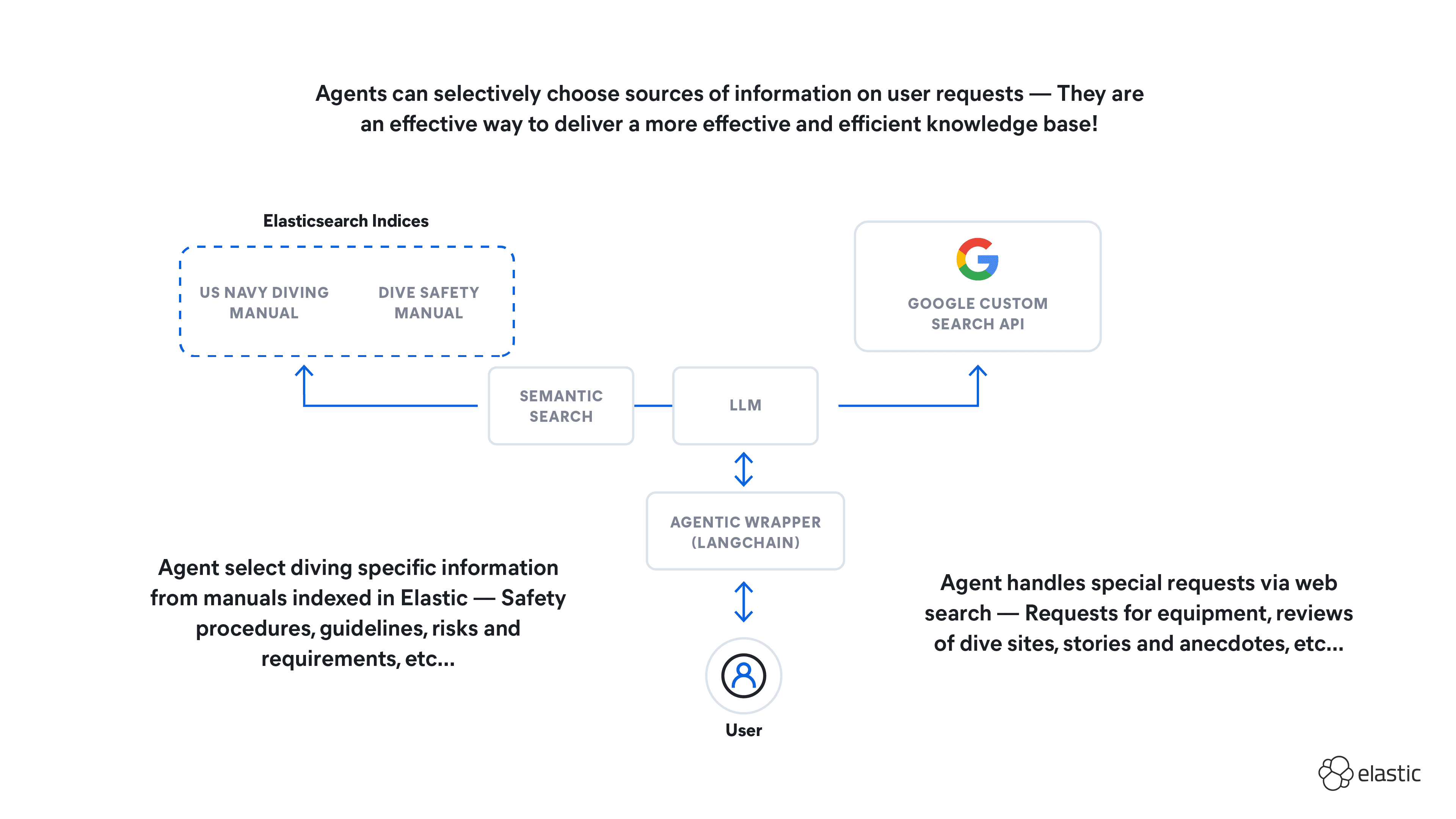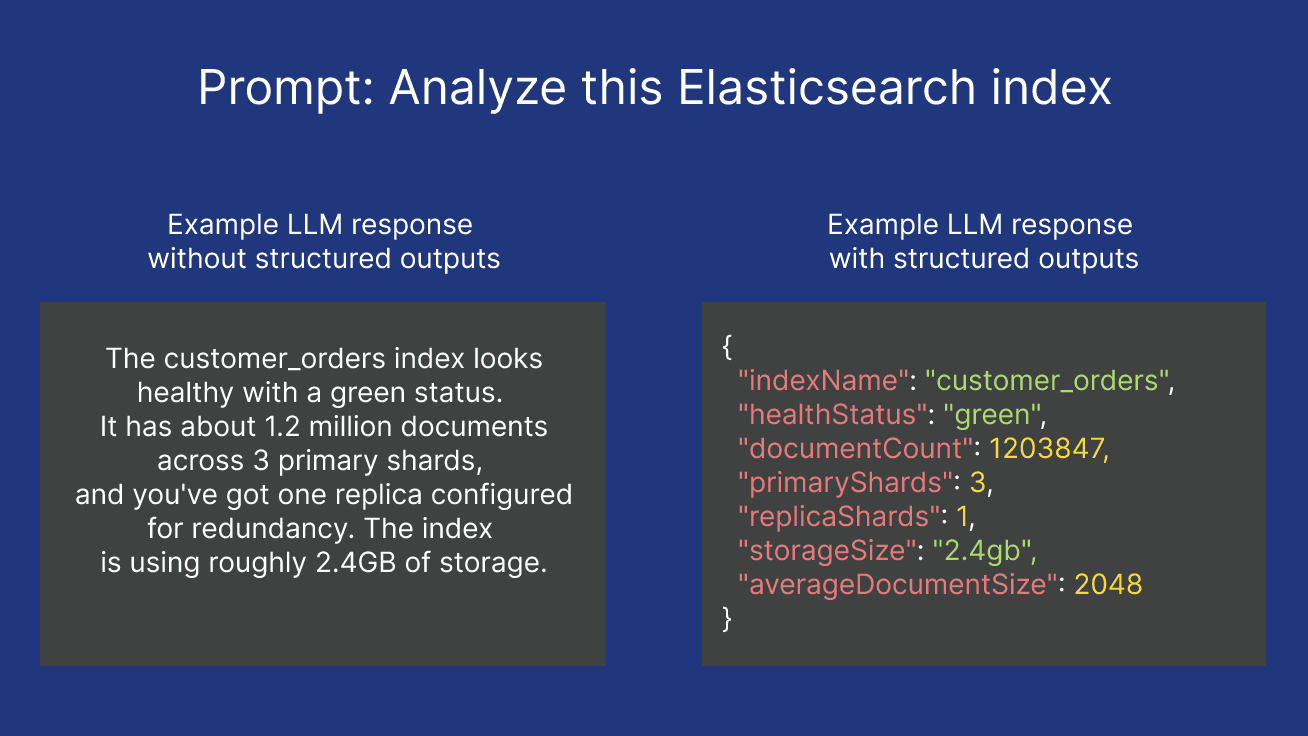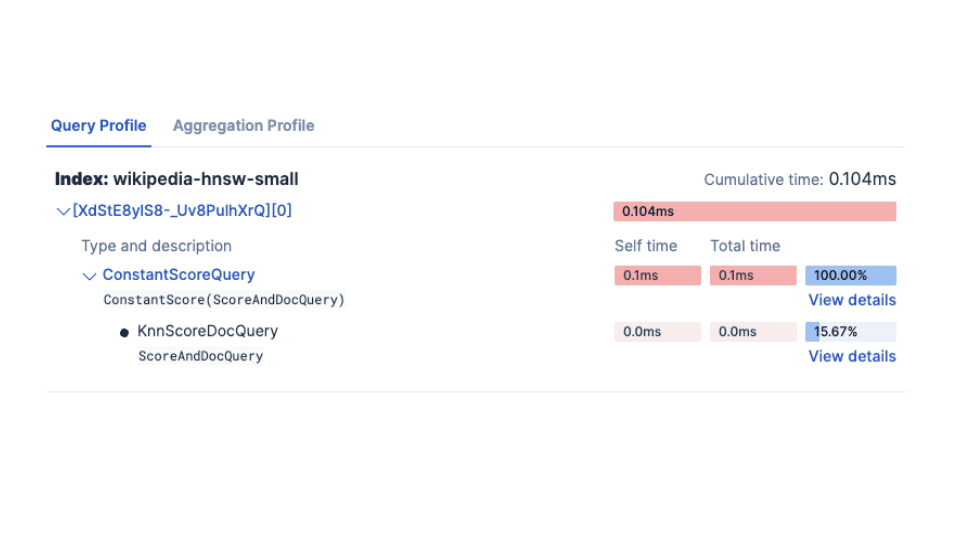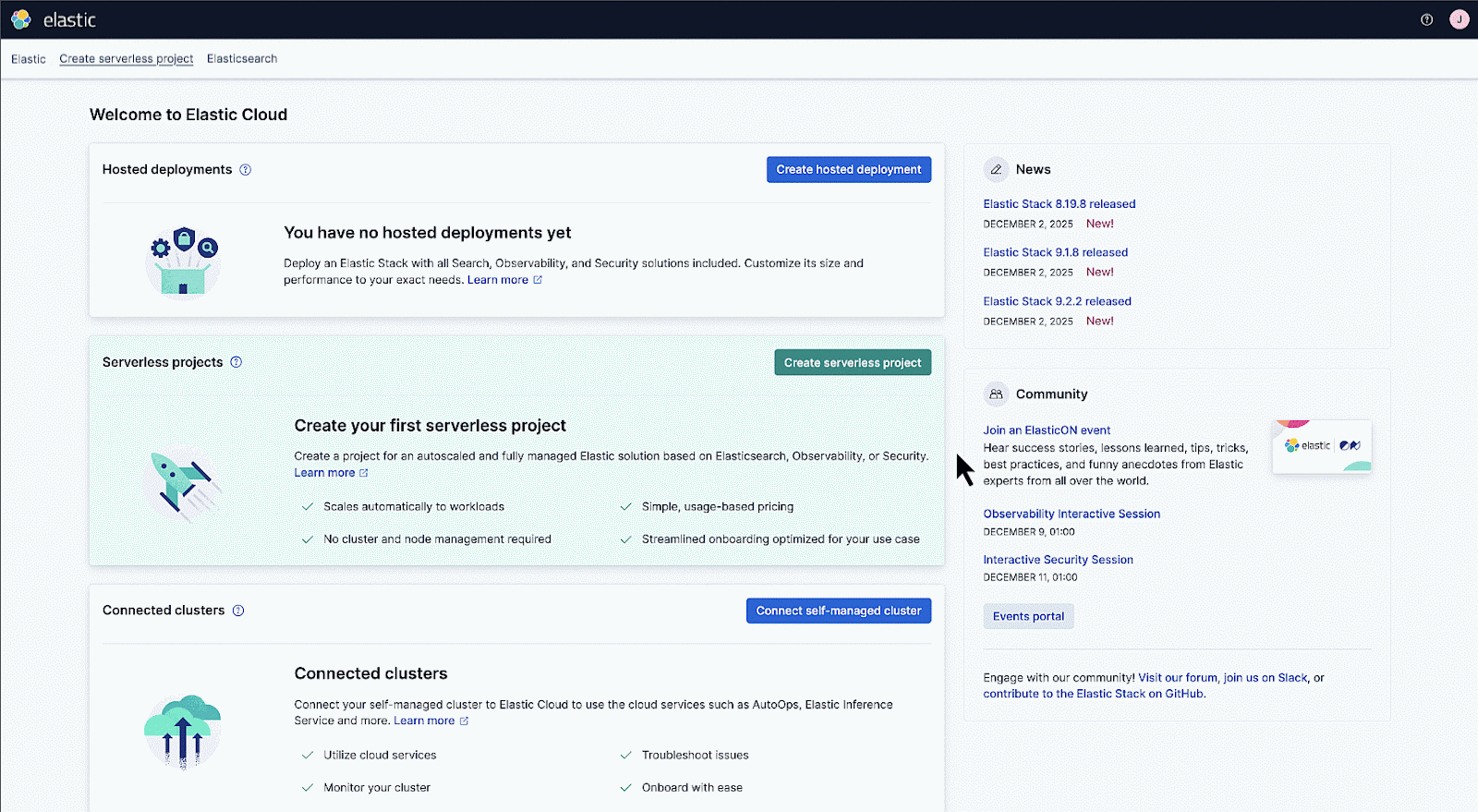From vector search to powerful REST APIs, Elasticsearch offers developers the most extensive search toolkit. Dive into sample notebooks on GitHub to try something new. You can also start your free trial or run Elasticsearch locally today.
Elasticsearch delivers performance increase for users running the Elastic Search AI Platform on Arm-based architectures
In November, Microsoft announced their custom in-house Arm architecture-based Azure Cobalt CPUs aimed to improve performance and efficiency. As part of our strategic partnership with Microsoft, we are constantly looking for ways to deliver the fruits of innovation to our customers using Elasticsearch on Microsoft Cloud.
“At Elastic, we love working with the Microsoft teams, from silicon to models,” said Shay Banon, co-founder and chief technology officer at Elastic. “The rate of progress on the Azure team is impressive, and we are excited to collaborate with them to bring these benefits to our users as fast as possible.”
Performance gains for Elastic users on Azure Arm-based VMs
Elastic used our macro benchmarking framework for Elasticsearch Rally with the elastic/logs track to determine the maximum indexing performance on the preview of Azure Cobalt-powered virtual machines. Our benchmarks observed up to 37% higher indexing throughput performance when using the Epsv6 VMs compared to prior generation of Arm-based VMs (Epsv5 series) on Azure.
“With the introduction of the new Cobalt 100 Arm-based VMs, we aim to deliver Elastic users on Azure up to 37% greater performance compared to the previous generation,” said Paul Nash, Corporate Vice President, product, Azure Infrastructure Platform at Microsoft Corp. “Continual investments like these to deliver better and better performance represent our commitment to provide the best infrastructure powering Elastic Cloud on Azure.”
AI innovations in Elastic Cloud on Azure
As Microsoft Azure innovates to delivery purpose-built infrastructure for AI using Cobalt 100 Arm-based VMs, we look forward to delivering these performance and efficiency gains to our users through Elastic Cloud on Microsoft Azure. This will empower our users to harness Arm computing innovations_ _as they build their GenAI applications using the Elastic Search AI Platform.
To learn more about the new Cobalt 100 Arm-based Azure virtual machines, refer to the Microsoft blog.




